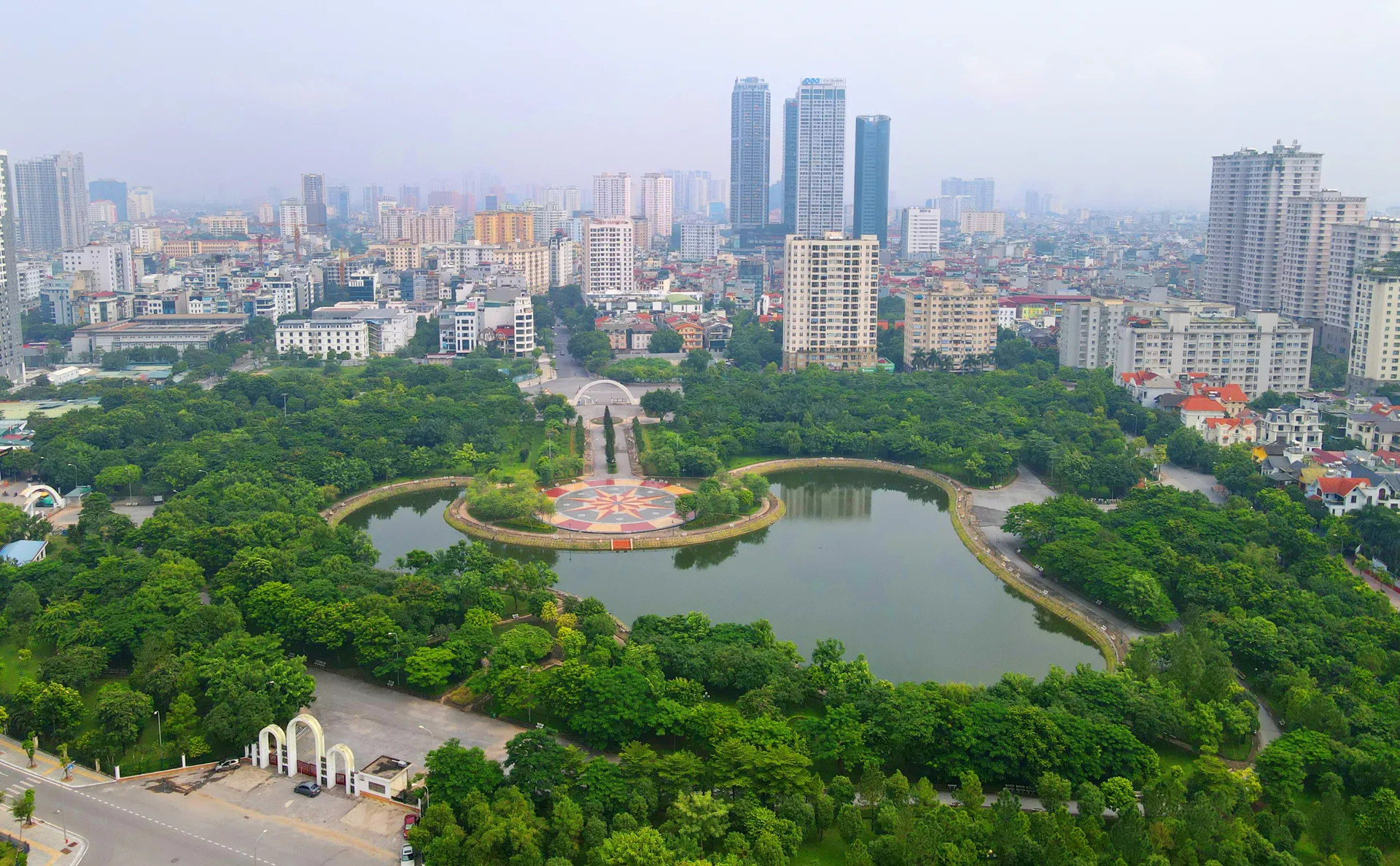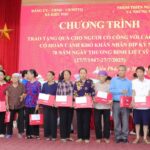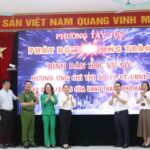Over the past two decades, Vietnam has been undergoing a powerful urbanization process with one of the highest rates in Southeast Asia. According to the Ministry of Construction, by 2025, the country has over 900 urban areas with an urbanization rate of approximately 44.3%, contributing up to 70% of the national GDP.
However, alongside socio-economic development achievements, this “rapid” urbanization pace has also caused many cities to face a series of serious environmental problems: air pollution, noise, lack of green spaces, declining clean water sources, and increasing construction and urban waste. If Vietnam does not soon shift development towards green, smart, and sustainable urban models, it may pay a high price for unbalanced development.
Green Cities – A Global Trend
The concept of “green cities” is no longer unfamiliar to the world. Many developed countries like Singapore, Germany, the Netherlands, and Japan have proven that urban development alongside nature conservation is entirely feasible. In Singapore – a country dubbed the “city in a garden” – over 47% of the urban area is covered in greenery; every new building must achieve the “Green Mark” certification – the national green building standard.
This trend is becoming an essential requirement for Vietnam. Developing green cities is not only a strategic direction but also a mission to regenerate the environment and rebalance economic development with ecological conservation. We cannot continue the ‘develop first, handle later’ model but need a comprehensive approach that integrates urban planning, technical infrastructure, transportation, energy, and green housing.
“In the urban structure, housing accounts for the largest proportion in terms of area and energy consumption. According to estimates by the Ministry of Construction, the construction sector consumes about 36% of the nation’s total energy and emits up to 39% of CO₂. Therefore, developing green housing is considered the core to promoting the urban ‘greening’ process.”

In reality, many real estate businesses in Vietnam have started responding to this trend. In Hanoi, projects like Ecopark, Vinhomes Ocean Park, The Terra – An Hung, and Gamuda Gardens are all planned with green trees, lakes, and parks accounting for 30-40% of the area. In Ho Chi Minh City, urban areas like Phu My Hung, Sala, and Celadon City are also positioned as modern ecological urban areas, creating a clean and civilized living environment.
A green housing project is not just a house with many trees, but a combination of smart architecture, eco-friendly materials, renewable energy, and resource-saving solutions. For example, using non-fired bricks, biological water-based paint, heat-insulating glass, solar power systems, rainwater harvesting, and natural ventilation layouts… significantly reduces electricity and water consumption and greenhouse gas emissions.
“Vietnam currently still has very few projects achieving international green building certifications like EDGE, LEED, or LOTUS. Partly due to high initial investment costs, and partly due to limited incentive mechanisms. If the State has preferential credit policies and prioritizes approval for green projects, businesses will certainly be more daring.”
In November 2021, Vietnam committed at COP26 to achieve Net Zero emissions by 2050. To achieve this goal, the urban-construction sector must play a pioneering role. According to the roadmap of the Ministry of Construction, by 2030, 100% of Type I urban areas and above will implement green growth urban programs; by 2050, all Vietnamese urban areas must meet the criteria of “carbon-neutral cities.” Among these, developing green housing and green transportation are considered two key spearheads, with the use of clean energy, energy-saving lighting systems, circular waste treatment infrastructure, and environmentally friendly public transportation networks being mandatory elements.
“If we consider developing green cities as a strategy for environmental regeneration, then green housing is precisely the living cell of that city. When every building can self-balance energy and reduce emissions, the entire city will become a sustainable ecological body.”
Clear Incentive Mechanisms and Green Standards Needed
Currently, many cities worldwide have successfully transformed themselves from heavy industrial cities into ecological cities. For instance, Seoul (South Korea) once faced serious pollution due to excessive concrete. However, the “Cheonggyecheon” project – restoring a 6 km long stream in the city center – turned this area into a “green lung,” reducing the urban center temperature by 3.6°C, while attracting millions of






